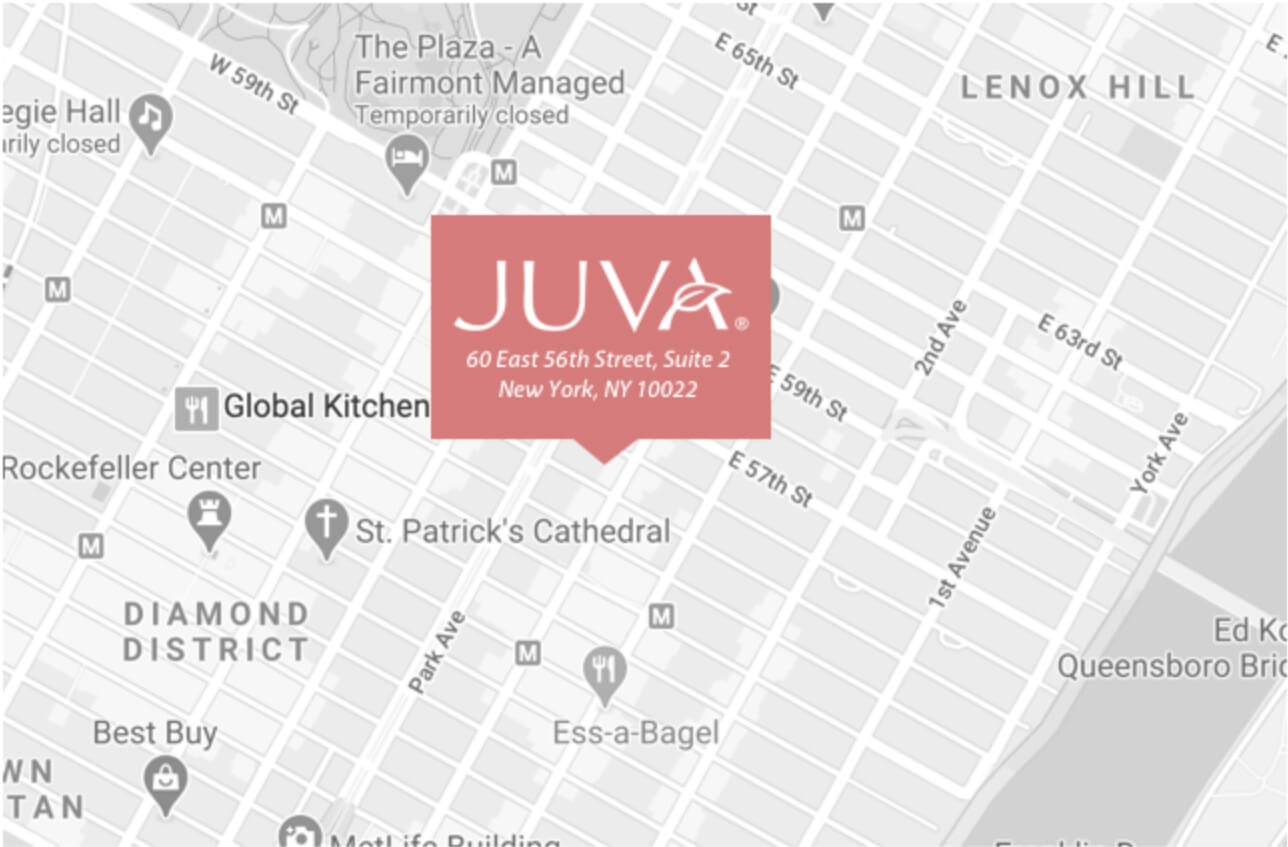Aesthetic medicine aims at providing therapies designed to increase patients’ satisfaction with their body image, hence helping with their quality of life. The general public perceives body imperfection as a concern since about 4.6 billion cosmetics procedures were performed in the US in 2019, according to the American Society for Aesthetic Plastic Surgery. Of these, a total of 3.1 billion were non-surgical treatments. The demand for less invasive interventions is driven by the patients’ desire for aesthetic improvement without any downtime and absence from work. On the other hand, the medical community must always seek to minimize the side effects and provide the patients with safer but effective treatment procedures.
The major concern of many lies in excess fat tissue and muscle laxity in particular areas and non-invasive modalities are mainly convenient for such issues. Excessive fat has been addressed by heating or cooling modalities2–4 non-invasively for a long time, while muscle remained neglected. HIFEM technology, introduced in 2018, is the only non-invasive procedure that focuses on muscle contouring.
The technology utilizes a circular coil to create a high-intensity focused electromagnetic field that depolarizes neuromuscular tissue, which results in intense muscle contractions that cannot be achieved voluntarily.5 The stimulation using HIFEM improves blood circulation, induces hyperplasia, and hypertrophy, leading to muscle sculpting effect. Besides, the effect of HIFEM on fat tissue has been observed in several studies.




